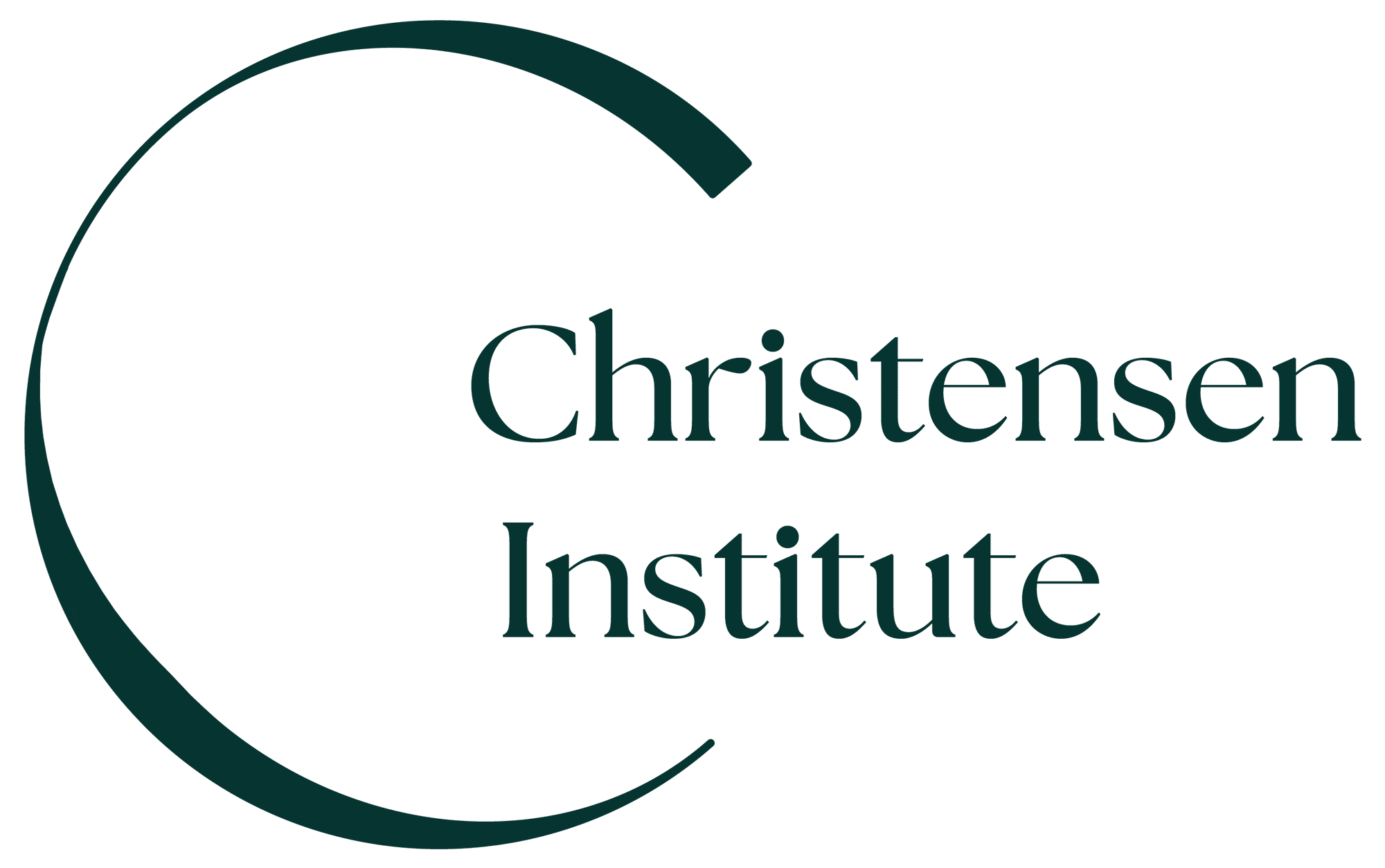In the modern business environment, two widely discussed frameworks often dominate the conversation about growth and competition: Disruptive Innovation and Customer-Centricity. At first glance, these theories appear to pull organizations in opposite directions. Disruptive Innovation, championed by Clayton Christensen, warns against focusing too heavily on serving your best customers, suggesting that doing so creates vulnerabilities to new entrants. Meanwhile, Customer-Centricity, advanced by Peter Fader, emphasizes doubling down on high-value customers as a strategy for maximizing profitability and loyalty.
This apparent contradiction raises an essential question: can these frameworks coexist, or are they fundamentally incompatible? By exploring the tensions and synergies between these ideas, we can better understand how organizations can balance serving their current customers with preparing for future disruptions. Together, these theories offer a comprehensive toolkit for navigating the complexities of competitive markets.
Disruptive Innovation: Breaking the status quo
Christensen’s theory of Disruptive Innovation challenges the dominance of industry incumbents by introducing products or services that initially cater to overlooked or underserved segments. These disruptive players succeed by identifying nonconsumption, or the lack of demand for a product or service due to a lack of suitable offerings, that established firms deem unworthy of attention.
Disruptive Innovation highlights a crucial danger for incumbents: focusing exclusively on their best customers can blind them to emerging opportunities. Large companies often prioritize their most profitable and demanding customers, directing their resources toward sustaining innovations—incremental improvements to existing products or services. However, this focus creates blind spots, as they overlook less profitable, underserved segments that disruptive entrants can target.
Historically, these “low-end footholds” or “new-market footholds” have served as a proving ground for disruptors. For example, in the disk drive industry of the 1970s and 1980s, established firms prioritized the production of 14-inch drives for high-performance mainframes, dismissing the 8-inch, lower-performance drives primarily used for personal home computers as irrelevant to their high-value customers. Yet, disruptors targeting niche markets with 8-inch drives eventually upended the industry, offering a poignant lesson in how neglecting nascent opportunities can invite disruption.
By succeeding in these neglected segments, disruptors gain a foothold. Over time, they improve their offerings and move upmarket, challenging incumbents in the very markets they once dominated.
Customer-Centricity: Prioritizing the individual
Peter Fader’s Customer-Centricity framework takes a seemingly opposite stance. It advocates for focusing on the best and most profitable customers as a strategic imperative. This approach involves understanding customer needs, preferences, and behaviors to craft tailored solutions that enhance satisfaction, loyalty, and profitability.
Central to this strategy is the use of data analytics and insights to refine offerings. Businesses succeed not by merely acquiring customers but by maximizing customer lifetime value—ensuring that every interaction strengthens long-term relationships.
Fader’s work underscores that Customer-Centricity is not about treating all customers equally. Instead, it emphasizes identifying and nurturing the most valuable customers to drive sustainable growth. This focus allows companies to allocate resources more effectively, ensuring that their most important customers receive the best experiences and solutions.
A clear contradiction—or is it? Finding the right balance.
At first glance, the guidance from these two theories appears contradictory. Christensen’s disruption theory warns that focusing too heavily on high-value customers can lead to vulnerability, as it blinds incumbents to disruptive threats. Meanwhile, Fader’s Customer-Centricity urges companies to double down on their best customers, emphasizing the importance of building loyalty and maximizing lifetime value.
The tension lies in their differing perspectives on market dynamics:
- Disruptive Innovation highlights the danger of over-prioritizing existing high-value customers at the expense of exploring emerging opportunities in overlooked segments.
- Customer-Centricity emphasizes excelling in the current market by serving the best customers better than anyone else.
But these theories are not inherently incompatible. The key is understanding when and how to apply each framework.
Consider the disk drive example once again. Disruption was not driven solely by targeting smaller drives—it was about targeting the right customers within that niche. Companies that mastered the needs of the most valuable customers in the 8-inch market eventually scaled and expanded their influence.
This synergy underscores a critical, often overlooked aspect of disruption: success in a niche is not optional—it’s essential. Disruptors that fail to embrace Customer-Centricity risk faltering even in their initial markets. Similarly, incumbents that ignore disruption theory may overlook emerging threats, no matter how well they serve their current customer base.
Bringing it all together
By integrating Christensen’s Disruptive Innovation with Fader’s Customer-Centricity, businesses can navigate competitive dynamics more effectively:
- Disruptive Innovation provides the roadmap for identifying and entering new markets by identifying both nonconsumption and creating an alternative business unit—a separate division unbounded by the same performance metrics, but within an existing incumbent company specifically designed to develop and market new products or services that could potentially disrupt the company’s existing market position by targeting underserved customer segments with simpler, more affordable offerings—helping businesses remain agile and responsive to emerging opportunities.
- Customer-Centricity ensures excellence in market execution by focusing on the precise needs of key customer segments through advanced data analytics, personalized engagement strategies, and continuous feedback loops. This approach involves segmenting customers based on their lifetime value and behavioral patterns, enabling companies to craft tailored experiences that not only meet but exceed expectations at every touchpoint.
Ultimately, the question is not whether these theories are compatible—they are. The challenge lies in applying them strategically. Businesses must balance serving their best customers today with exploring new markets that may define their future. This balance is essential for ensuring success in both the short and long term.



